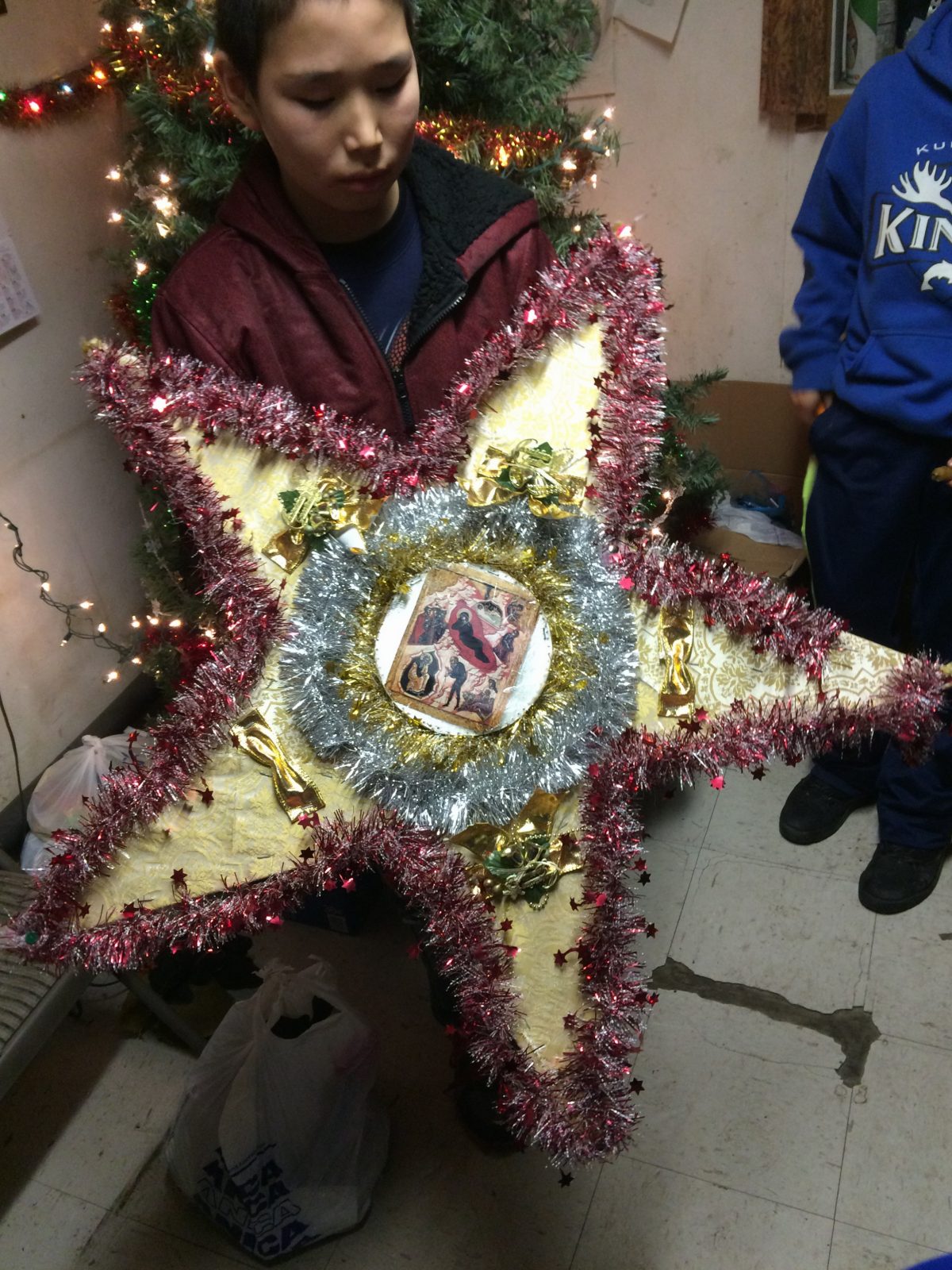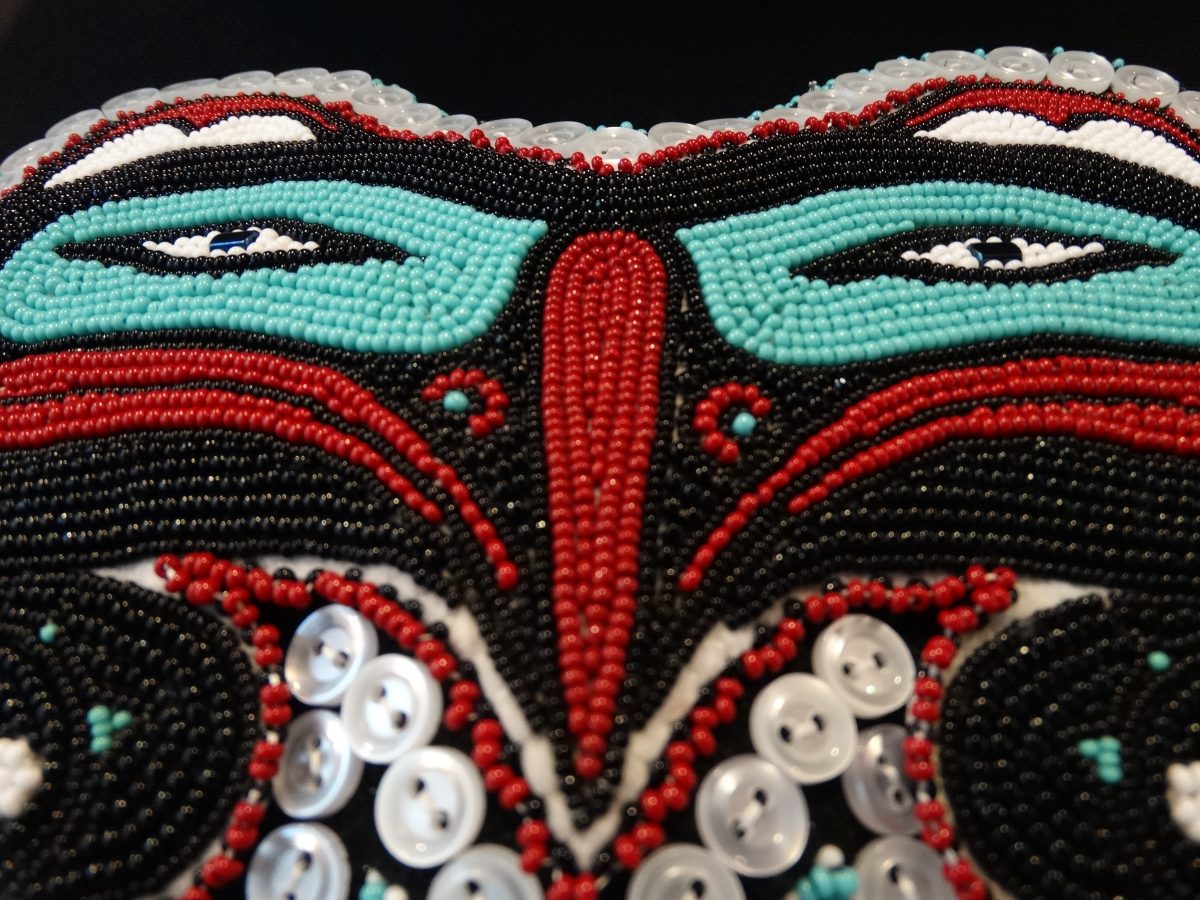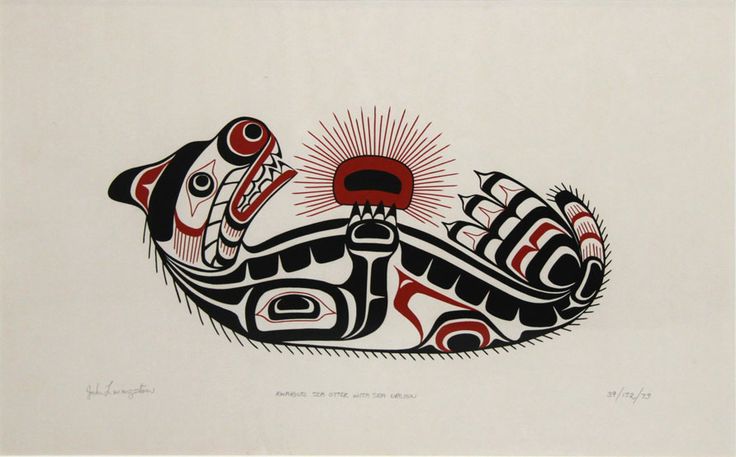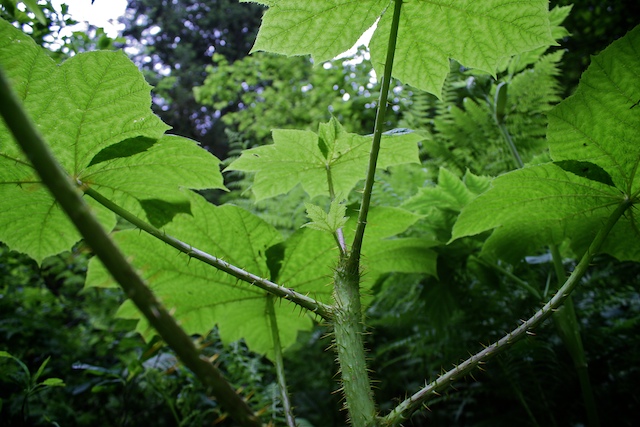(Photo Above: A Yup’ik boy holding the Nativity “star” that passes through every house in the village on the days following the Russian Orthodox Feast of Nativity. Image from Kwethluk, January 2016.)
To be honest, I’m not feeling super hot about my potential topic or super focused. As of right now, I’m planning on doing something on religion in Western Alaska. I’m struggling, however, with narrowing my focus and with coming up with a good “essential question” to answer.
What I can say definitely is that I would be looking at doing a period-long lesson for an Alaska Studies or American History course in roughly 11th grade. (I’m not sure in what grade levels Alaska typically holds these courses.) I would presume, then, that my lesson should be roughly 45 minutes to an hour. (I believe period times vary district to district.) Because my school placement will be in the Kuskokuim region, my ultimate target audience will be from that place. With that in mind, the task becomes a little trickier, since information that would be new and interesting to a broader audience might be usual or commonly known to locals.
There are also questions of how much detail I should go into. The vast majority of Yup’ik villages are monoreligious and either Moravian or (Russian) Orthodox. However, there are also a small number of Roman Catholic villages and one Evangelical Covenant village in the region. Aside from the villages, there are also Bethel and Dillingham, which are not monoreligious, and presently serve as entry points for new religious movements into the area. I am tempted to talk mostly about Moravianism and Russian Orthodoxy, since they are the two religious groups of most concern to my target audience. I think teaching the history of how Russian Orthodoxy and Moravianism came to the region could be helpful and could keep students engaged. These villages still live in primarily an oral culture, and it might be of interest for us to compare what their parents and grandparents have told them about how Orthodoxy and Moravianism came to the region with what book historians say.
Another thing that I think I’d like to do, if this focus on the two dominant groups isn’t considered to be too narrow, would be to compare Orthodox and Moravian beliefs and practices in the region to those practiced in other parts of the world. The goal of this exercise would be to help students understand that much of their religious tradition is strictly local, and that even things like the Moravian-language fiddle hymns or the Russian Orthodox practice of “starring” at Christmas are unique cultural expressions that don’t exist elsewhere in their broader religious community.
As for something that I might ask the kids to do, it might be to do some “compare and contrast” in groups, maybe showing videos and pictures of Orthodox services and Moravian services from different parts of the world and asking students to identify elements that struck them as different. Then we might discuss what the differences might mean.
Perhaps in order to make it more broadly relevant, I might lump Moravians in with “Protestants” generally. This would increase the diversity of the worship expressions, symbols, etc. that I could introduce.
On the whole, I’m only moderately enthusiastic about this topic, so I’d be very willing to adjust it or scrap it altogether if that’s what the group decides. I’d also appreciate help on a good “essential question,” as well. And if anyone has any advice on a better project for the kids to do, that might be cool as well. I had thought that potentially having them map all of the villages of the region by religion in Google Maps might be interesting as well. That would provide an interesting visual for who is where in the area. In any event, thanks in advance for the advice and help!



